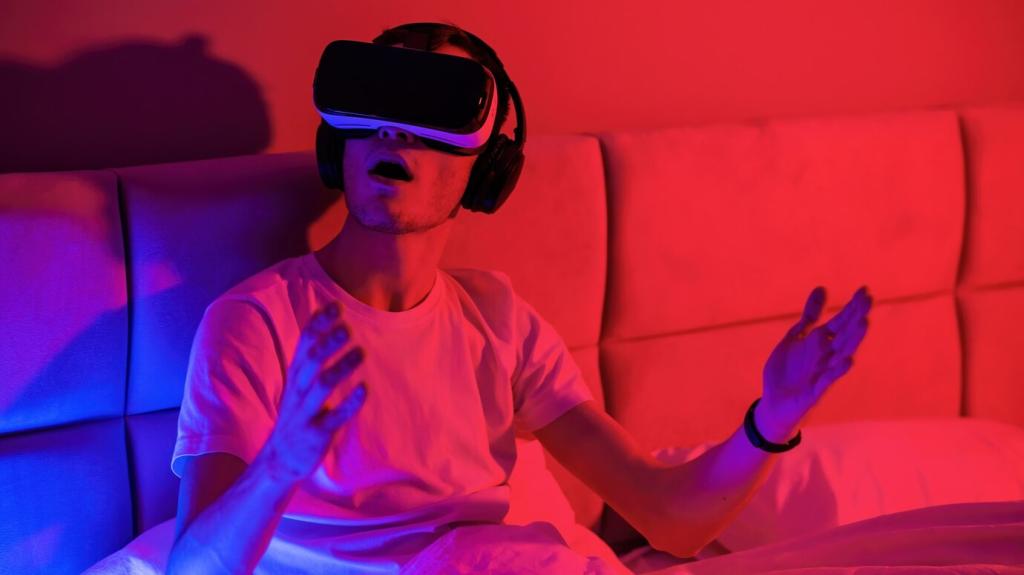Transforming Spaces with VR: The Next Frontier in Interior Design
Virtual Reality (VR) is revolutionizing the world of interior design by offering highly immersive, interactive experiences that transcend traditional visualization tools. No longer limited by static images or two-dimensional blueprints, designers and clients can now step inside digital environments that faithfully represent future spaces. This technology is redefining how we dream, plan, and execute the transformation of our homes, offices, and commercial venues, marking a bold new era for interior design.

The Evolution of Interior Design Tools
Interior design has always evolved with technology. Where once floor plans and elevations sketched on paper represented the pinnacle of planning, digital drafting tools soon made it possible to create more intricate and precise visuals. Now, VR brings a third dimension, granting users the ability to virtually inhabit spaces before a single wall is built or a tile is laid. This shift not only helps eliminate miscommunication but also inspires a deeper sense of confidence in decision-making, as design intentions become tangible and accessible.
Immersive Client Experiences
Stepping Inside the Dream
The magic of VR lies in its ability to transport clients directly into meticulously crafted virtual spaces. Rather than imagining how furniture or a color palette might look in a room, clients can experience these elements in context, moving through the space as if it already existed. This sense of presence deepens their emotional connection to the project, making virtual walkthroughs an invaluable selling point for design studios aiming to exceed client expectations.
Customizing Every Detail in Real Time
Client participation takes center stage when VR allows every detail to be customized on the spot. Material finishes, lighting schemes, furniture placements, and decor accessories can be swapped instantly while clients watch changes manifest around them. This hands-on approach not only empowers clients but also accelerates the decision-making process, reduces the risk of miscommunication, and ensures outcomes closely align with the client’s taste and needs.
Fostering Lasting Confidence and Satisfaction
With VR, surprises on reveal day become a thing of the past. Clients leave the design process with confidence, having explored and refined their new space in detail before a single purchase is made. This transparency and control over the design journey build trust in the professional relationship, while reducing post-completion changes and enhancing overall satisfaction—a win-win outcome for both parties.
Streamlining Workflow and Reducing Errors
Anticipating Design Challenges
One of VR’s most valuable functions is its capacity to uncover spatial or design conflicts before they occur in reality. By virtually assembling a room, from structural elements to the smallest accessories, designers can spot layout inefficiencies, clearance problems, or lighting inconsistencies at an early stage. Addressing these issues proactively spares both time and finances, keeping projects on track and within budget.
Seamless Communication Between Stakeholders
Alternatively, VR acts as a universal translator in project teams that might include architects, contractors, and decorators, all with their own technical languages and priorities. A shared, immersive environment streamlines site meetings, makes feedback and amendments visual rather than abstract, and encourages productive, solution-focused discussions. This synergy between digital and human collaboration is crucial to delivering outstanding results.
Minimizing Costly Revisions and Rework
Mistakes caused by inaccurate interpretation of plans can translate to expensive change orders once construction begins. VR drastically reduces these incidents by ensuring everyone—from the client to the installation crew—understands exactly what is being built or installed. The ability to pre-visualize and sign-off on details in a virtual context saves resources and prevents misunderstandings that would otherwise result in delays or dissatisfaction.
